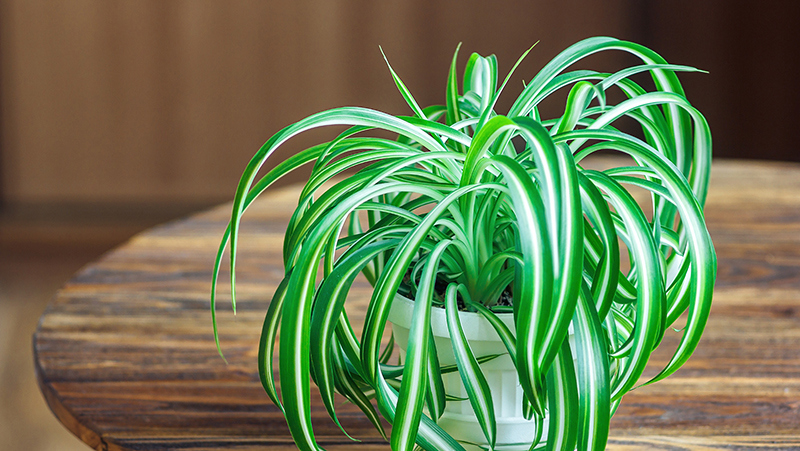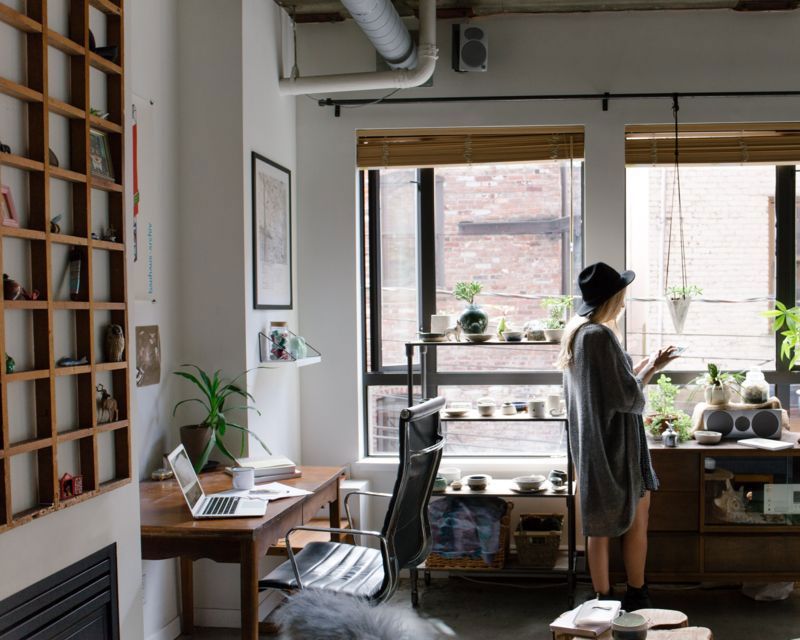Yates Account
Join now
Create a Yates account today!
Sign up to join the Yates Garden Club for monthly e-mails packed with seasonal inspiration, tips for success & exclusive promotions.
Plus if you’re a Garden Club member you can take part in the Yates Growing Community - a blog to share successes, get advice & win prizes in fun challenges along the way!

Forgot password
Enter the email address associated with your account, and we'll email you a new password.

Do you consider yourself a plant lover, but also find that you’re a serial plant killer? Quite the contradiction, but we can help you fix that – without having to resort to faux foliage (ugh!).
Most plants are quite happy indoors, provided you can give them the right conditions (although, there are a few that will tolerate dimly lit rooms and barely any water – here’s looking at you ZZ plant and sansevieria). Visit your local nursery for a range of indoor plants.

Light
As a general rule of thumb, position plants in a well-lit spot, out of direct sunlight, like behind a window with a sheer curtain. Constant direct light, especially from the hot afternoon sun will cause your plants to wilt and suffer. In saying that, each plant will have different light requirements, with a few being able to tolerate low-light rooms, so check the plant label for specifications.
Air
Indoor environments can be quite drying for plants, even more so when you have the heater on during winter. For plants that originate in humid climates, like ferns and philodendrons, it’s ideal to spritz their leaves regularly with water or consider grouping plants close together to create micro-climate to help maintain humidity.
Potting mix
Depending on the size of the plant you purchase, you may not need to repot straight away. After a couple of months or when the plant begins to outgrow its container, then you’ll need to repot. Ensure you use a good quality potting mix, like Yates Indoor Plants Potting Mix, which is suitable for growing most plants. However, if you have succulents, look for one specially formulated for cacti and succulents, like Yates Thrive Cacti Succulent Potting Mix – the mix is much more free draining.
Water
Plants can often show the same symptoms for over- or under-watering (limp, yellowing leaves), so you can’t always rely on them to tell you. However, you don’t need any fancy gadgets to tell you when you need to water – simply insert your index finger to the second knuckle into the potting mix. If it’s dry, water, but if it’s moist, you can leave watering for a few days. As a general rule, water once every week (until water runs out of the drainage holes), but extend this to 7-10 days during the cooler months.
Feed
During the warmer months, when plants are actively growing, feed regularly with Yates Thrive Indoor Liquid Plant Food. This no-odour product is fantastic for providing plants with the right amount of nutrients to support healthy growth. It will also help green up any lack lustre looking leaves. Succulents require a slightly different type of feeding with Yates Thrive Plant Food Spikes for Cacti & Succulents .
Indoor plants are not usually perturbed by too many pests. But, occasionally, you may find sap-sucking insects, like mealybug, thrips or mites on the foliage. The good news is that you can control them by thoroughly spraying with Yates Natures Way Organic Citrus, Vegie Ornamental Spray Ready to Use. Always read the label prior to application.

















Share
Share this article on social media